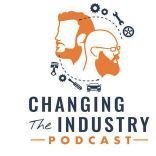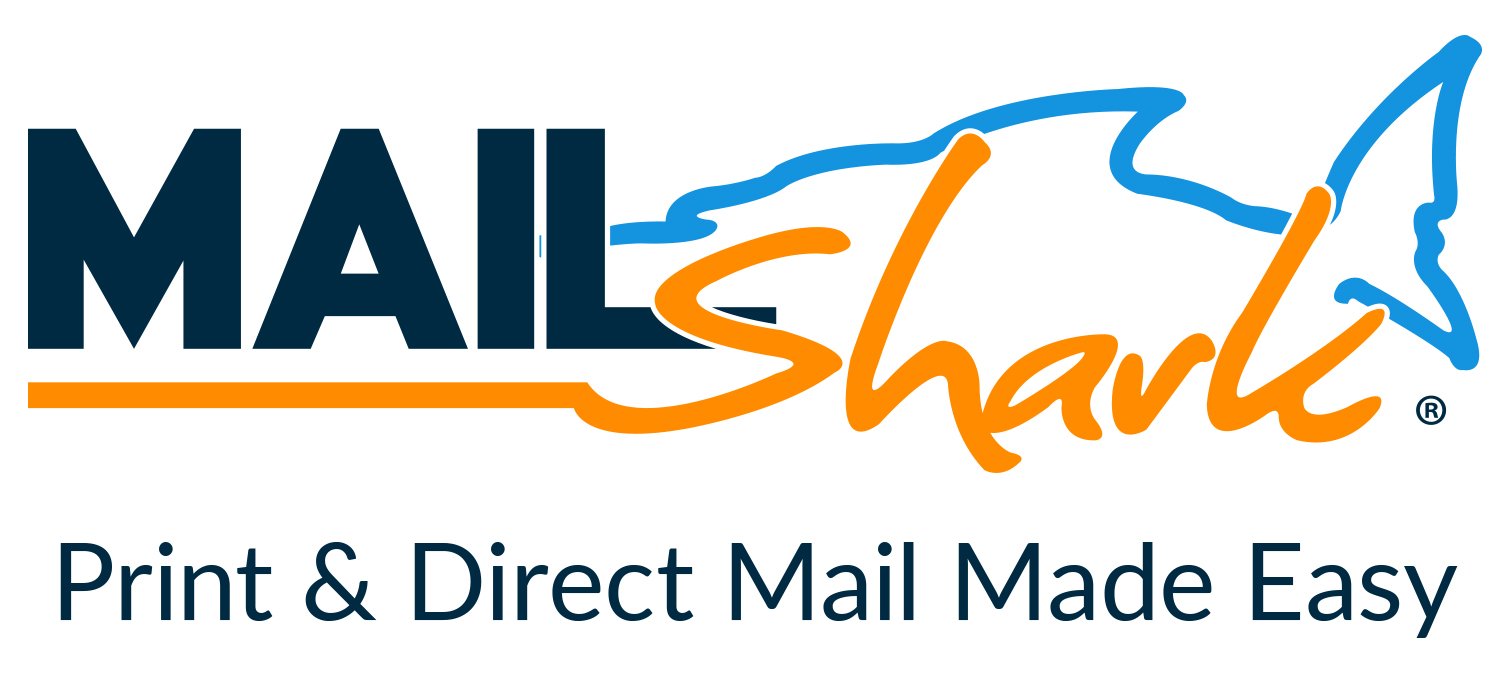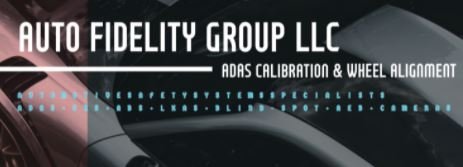How the cheapest oil change in town chased off a bottom feeder
-
Available Subscriptions
-
Have you checked out Joe's Latest Blog?
-
By Joe Marconi in Joe's Blog0 commentsIt always amazes me when I hear about a technician who quits one repair shop to go work at another shop for less money. I know you have heard of this too, and you’ve probably asked yourself, “Can this be true? And Why?” The answer rests within the culture of the company. More specifically, the boss, manager, or a toxic work environment literally pushed the technician out the door.
While money and benefits tend to attract people to a company, it won’t keep them there. When a technician begins to look over the fence for greener grass, that is usually a sign that something is wrong within the workplace. It also means that his or her heart is probably already gone. If the issue is not resolved, no amount of money will keep that technician for the long term. The heart is always the first to leave. The last thing that leaves is the technician’s toolbox.
Shop owners: Focus more on employee retention than acquisition. This is not to say that you should not be constantly recruiting. You should. What it does means is that once you hire someone, your job isn’t over, that’s when it begins. Get to know your technicians. Build strong relationships. Have frequent one-on-ones. Engage in meaningful conversation. Find what truly motivates your technicians. You may be surprised that while money is a motivator, it’s usually not the prime motivator.
One last thing; the cost of technician turnover can be financially devastating. It also affects shop morale. Do all you can to create a workplace where technicians feel they are respected, recognized, and know that their work contributes to the overall success of the company. This will lead to improved morale and team spirit. Remember, when you see a technician’s toolbox rolling out of the bay on its way to another shop, the heart was most likely gone long before that.
-
-
Similar Topics
-
By JustTheBest
Premium Member Content
This content is hidden to guests, one of the benefits of a paid membership. Please login or register to view this content.
-
By carmcapriotto
Thanks to our partners, NAPA TRACS and Promotive
Closing your shop on Saturdays might sound like a risky move, but could it actually improve your business? In this episode of Business by the Numbers, Hunt Demarest, CPA, explores the real financial and operational impact of shutting down on Saturdays. Is it worth it? What factors should you consider before making the switch? Whether you're thinking about a 5-day workweek, reducing hours, or making strategic changes to your shop’s schedule, this episode is packed with insights to help you make an informed decision.
Key Topics Covered:
✅ Why auto repair shops are moving away from Saturday hours
✅ The financial impact of closing on Saturdays—and how to make up for lost sales
✅ How to determine if your shop can afford fewer workdays
✅ The role of employee preferences in business hours
✅ Attracting top talent by offering a 5-day workweek
✅ Strategies to transition customers from weekend scheduling
✅ Real-life case studies of shops that successfully cut their Saturday hours
Thanks to our partners, NAPA TRACS and Promotive
Thanks to our partner, NAPA TRACS
Did you know that NAPA TRACS has onsite training plus six days a week support?
It all starts when a local representative meets with you to learn about your business and how you run it. After all, it's your shop, so it's your choice.
Let us prove to you that Tracs is the single best shop management system in the business. Find NAPA TRACS on the Web at NAPATRACS.com
Thanks to our partner, Promotive
It’s time to hire a superstar for your business; what a grind you have in front of you. Introducing Promotive, a full-service staffing solution for your shop. Promotive has over 40 years of recruiting and automotive experience. If you need qualified technicians and service advisors and want to offload the heavy lifting, visit www.gopromotive.com.
Paar Melis and Associates – Accountants Specializing in Automotive Repair
Visit us Online: www.paarmelis.com
Email Hunt: [email protected]
Text Paar Melis @ 301-307-5413
Download a Copy of My Books Here:
Wrenches to Write-Offs Your Perfect Shop
The Aftermarket Radio Network: https://aftermarketradionetwork.com/
Remarkable Results Radio Podcast with Carm Capriotto https://remarkableresults.biz/
Diagnosing the Aftermarket A to Z with Matt Fanslow https://mattfanslow.captivate.fm/
Business by the Numbers with Hunt Demarest https://huntdemarest.captivate.fm/
The Auto Repair Marketing Podcast with Kim and Brian Walker https://autorepairmarketing.captivate.fm/
The Weekly Blitz with Chris Cotton https://chriscotton.captivate.fm/
Speak Up! Effective Communication with Craig O'Neill https://craigoneill.captivate.fm/
Click to go to the Podcast on Remarkable Results Radio
-
By carmcapriotto
The Weekly Blitz is brought to you by our friends over at Shop Marketing Pros. If you want to take your shop to the next level, you need great marketing. Shop Marketing Pros does top-tier marketing for top-tier shops.
I’d like to give another shoutout to our sponsor, Shop Marketing Pros. They are the only marketing company I recommend, and they handle all of the marketing for my own shop as well. If you’re serious about growth, you need strategies that actually work: better websites, higher Google rankings, and ads that bring real customers through your doors.
Visit ShopMarketingPros.com/chris to partner with a team that understands your business. Because every great shop deserves marketing that’s just as great.
Check out their podcast here: https://autorepairmarketing.captivate.fm/
If you would like to join their private Facebook group go here: https://www.facebook.com/groups/autorepairmarketingmastermind
In this episode of "The Weekly Blitz," host Coach Chris Cotton opens up about his deeply personal journey with grief following the passing of his beloved wife Kimberly's mother on New Year's Eve. With heartfelt sincerity, he delves into the complex and often overwhelming stages of grief, sharing insights and reflections from his own experience. Chris emphasizes the crucial importance of being prepared for the inevitable reality of loss, introducing listeners to the "red envelope yellow envelope" concept. This thoughtful approach involves meticulously documenting essential information and end-of-life plans, ensuring that loved ones are not left in the dark during times of emotional turmoil.
Chris underscores the necessity of having those often uncomfortable yet vital conversations about end-of-life wishes and preparations. By addressing these topics head-on, individuals can significantly ease the burden on their families and friends, allowing them to focus on healing and remembrance rather than logistical challenges. Throughout the episode, Chris also touches on the emotional and spiritual dimensions of grief, offering guidance and support to those navigating similar paths.
He encourages listeners to prioritize self-care and preparedness, not only in their personal lives but also within their business endeavors. By fostering a mindset of readiness and resilience, individuals can better cope with the unpredictable nature of life and loss. Through his candid storytelling and practical advice, Coach Chris Cotton provides a compassionate and empowering message, reminding us all of the strength found in vulnerability and the peace that comes from being prepared.
Introduction to the Episode (00:00:01)
Coach Chris Cotton introduces the podcast and its focus on auto repair business insights.
Happy New Year Message (00:01:13)
Chris shares a New Year greeting and hints at personal challenges faced recently.
Discussion of Loss (00:02:29)
Chris reflects on the passing of Kimberly's mother and the impact on their family.
Red Envelope Yellow Envelope Concept (00:03:46)
Importance of planning for unexpected events is emphasized through personal experiences.
The Emotional Toll of Grief (00:06:50)
Chris describes the emotional reactions and support needed during grief.
Organizing Affairs for Loved Ones (00:08:18)
Advice on preparing personal and business affairs to ease burdens on family.
The Stages of Grief (00:10:27)
Chris outlines the stages of grief observed in Kimberly's reactions to loss.
Denial and Anger Stages (00:11:38)
Discussion of denial and anger stages in the grieving process.
Bargaining Stage of Grief (00:13:08)
Explains how bargaining manifests in thoughts of regret and "what if" scenarios.
Depression and Acceptance Stages (00:15:12)
Chris describes the transition between depression and acceptance in the grieving process.
Call to Action for Planning (00:16:28)
Encouragement to have plans in place for end-of-life situations to support loved ones.
Importance of Life Stories (00:17:47)
Chris stresses the need to document loved ones' life stories before it's too late.
Final Thoughts on Grief and Readiness (00:19:00)
Reflection on being spiritually and emotionally prepared for life's uncertainties.
Connect with Chris:
[email protected]
Phone: 940.400.1008
www.autoshopcoaching.com
Facebook: https://www.facebook.com/
AutoFixAutoShopCoachingYoutube: https://bit.ly/3ClX0ae
#autofixautoshopcoaching #autofixbeautofixing #autoshopprofits #autoshopprofit #autoshopprofitsfirst #autoshopleadership #autoshopmanagement #autorepairshopcoaching #autorepairshopconsulting #autorepairshoptraining #autorepairshop #autorepair #serviceadvisor #serviceadvisorefficiency #autorepairshopmarketing #theweeklyblitz #autofix #shopmarketingpros #autofixautoshopcoachingbook
Click to go to the Podcast on Remarkable Results Radio
-
-
By Joe Marconi
Premium Member Content
This content is hidden to guests, one of the benefits of a paid membership. Please login or register to view this content.
-
-
-
Our Sponsors


















Recommended Posts
Create an account or sign in to comment
You need to be a member in order to leave a comment
Create an account
Sign up for a new account in our community. It's easy!
Register a new accountSign in
Already have an account? Sign in here.
Sign In Now